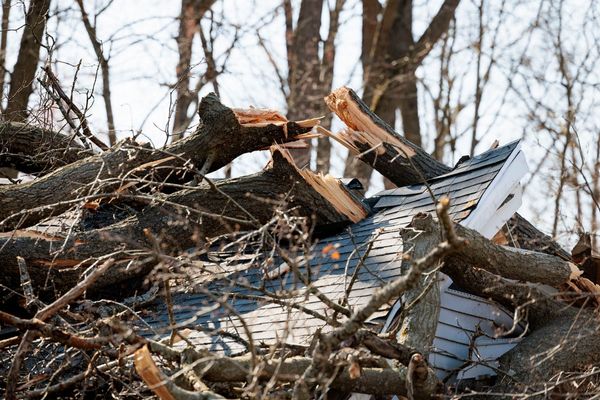
The large blue butterfly has enjoyed its best summer for 150 years in Britain thanks to targeted restoration work, which is also benefiting other rare insects including the rugged oil beetle and the shrill carder bee.
The butterfly, which became extinct in Britain in 1979 but was reintroduced via caterpillars from Sweden four years later, flew in its greatest numbers in June this year since records began.
South-west England now supports the world’s greatest known concentration of large blues, which are listed as one of Europe’s most endangered insect species.
Up to a third of its British population is found on 12 new sites which a conservation partnership has restored to flower-rich meadows from arable fields, failed conifer plantations, railway banks or degraded downland.

The new meadowland under special management for large blues is also proving to be an ideal breeding ground for rare plants such as the extremely rare pasqueflower and 12 species of orchid, including musk orchid, autumn lady’s tresses and the greater butterfly orchid.
Rare insects that have benefited include the rugged oil beetle, rock-rose pot beetle, shrill carder bee, downland villa and spotted beeflies, and eight threatened species of butterfly, including the resurgent Duke of Burgundy, once one of the UK’s most endangered.
The new meadows are managed or owned by six partner organisations – the National Trust, Somerset and Gloucestershire wildlife trusts, J & F Clark Trust, Natural England, and the University of Oxford – with the restoration overseen by the Royal Entomological Society’s David Simcox and Sarah Meredith.
Simcox said: “We are extremely proud that the partnership’s efforts have enabled hundreds of people to see this stunning and enigmatic butterfly flying on some of the most beautiful grassland sites in the country.
“The greatest challenge ahead is to secure this expansion in a warming climate and to develop strategies to mitigate the impacts of extreme weather events.”
The large blue has an extraordinary lifestyle: its young caterpillars trick ants into believing they are young ant grubs, and they are taken into ants’ nests. Here they are protected below ground all winter and grow fat by devouring ant grubs.

The species became extinct in Britain because the abandonment of grazing and rabbit-grazing on traditional meadows left grass too long and temperatures too cool for the ant species to survive.
The butterfly’s lifestyle and requirements were worked out by Jeremy Thomas, now emeritus professor of ecology at Oxford, who has led its reintroduction, with the ant species thriving again when meadows are grazed to an appropriate level.
Support from the Prince of Wales’s Charitable Fund has enabled the reintroduction of the butterfly to two new sites in the Cotswolds over the past three years but now the conservation focus is turning to how to ensure the new populations are resilient to global heating.
Severe droughts cause the ants to become undernourished and, when stressed, they are more likely to spot the large blue caterpillars’ trickery and evict or devour them.

The butterfly’s population has crashed after previous drought years but Thomas said he was hopeful that the worst of the dry weather had not affected the Somerset and Cotswold sites.
The restoration sites have been deliberately chosen with a variety of microclimates and soil depths so that most have areas that are too cool and moist for the ant and butterfly in most years but are vital refuges during droughts.
Thomas added: “The unprecedented success of this project is testimony to what large-scale collaboration between conservationists, scientists and volunteers can achieve. Its greatest legacy is that it demonstrates that we can reverse the decline of globally threatened species once we understand the driving factors.”







